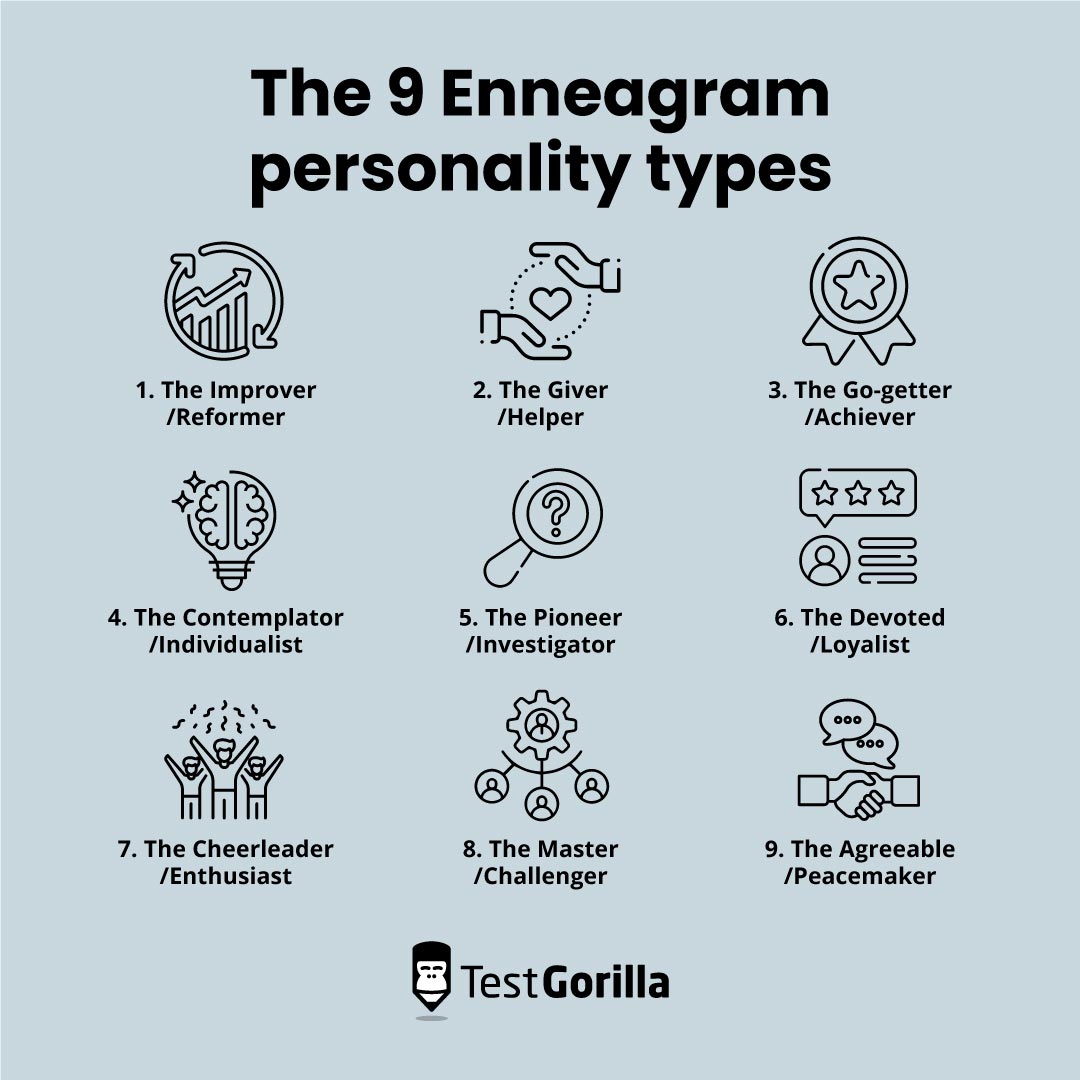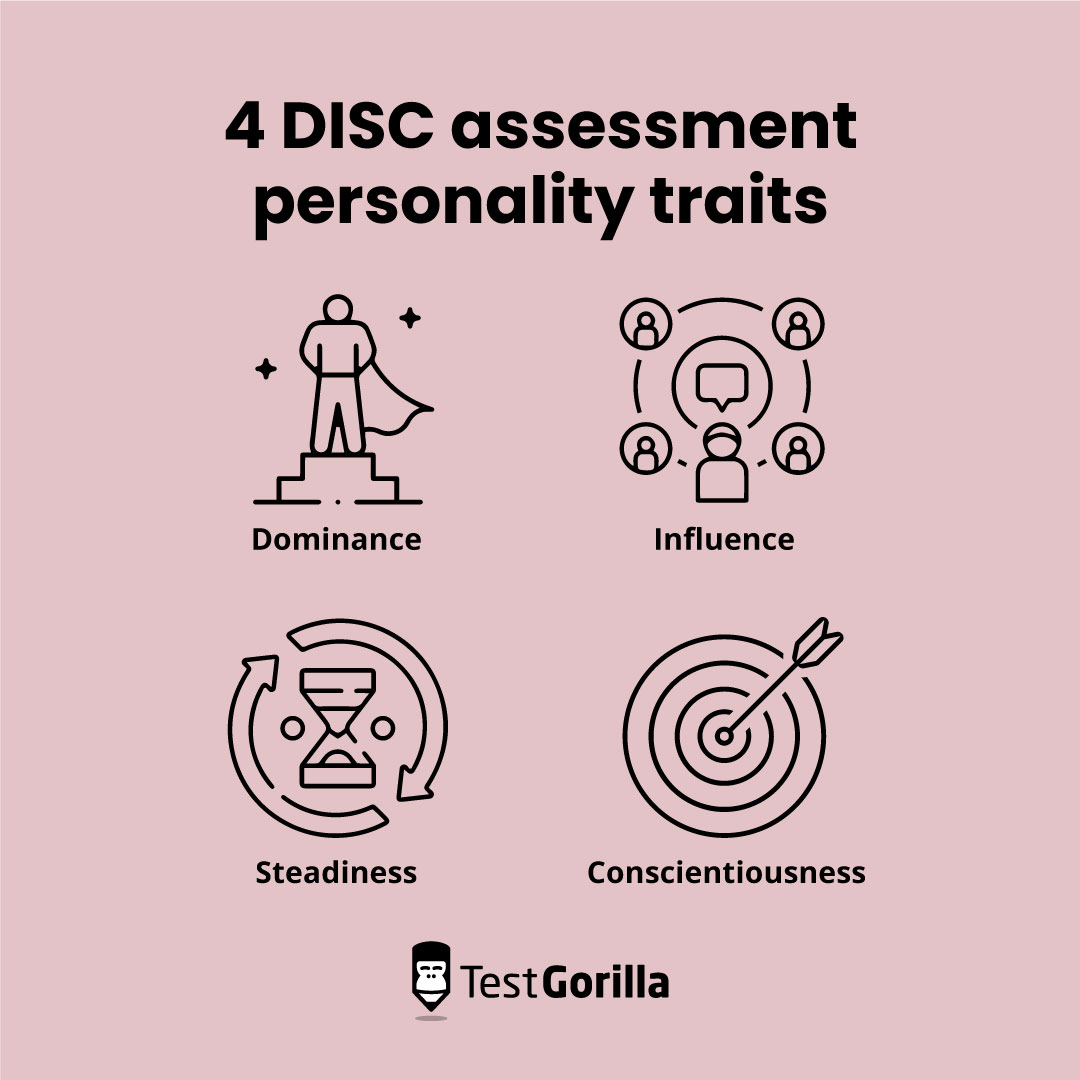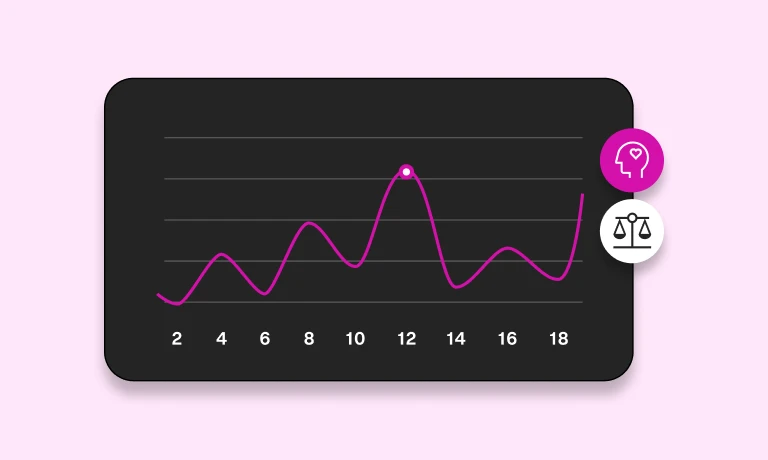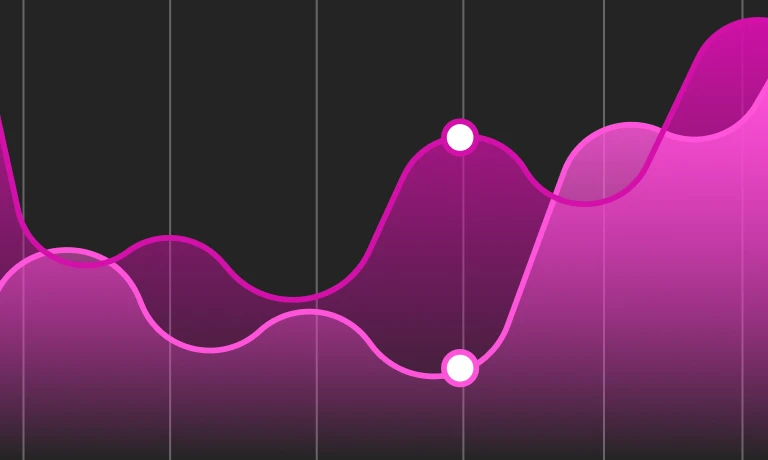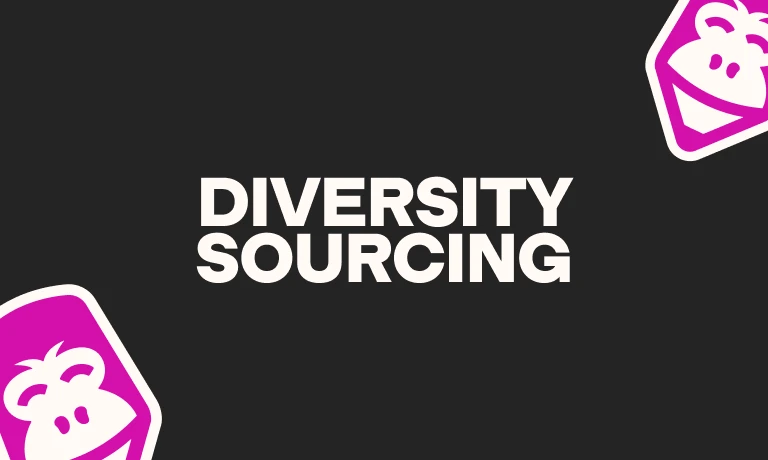Employee personality profile: Definition and best tests for recruitment
Creating a high-performing team is about more than hiring candidates with the right skills and qualifications for the job. You must also find candidates whose personalities complement those of your team members and who will uphold your organizational values. Not doing this can lead to interpersonal clashes, diminish team productivity, and create the need to replace employees.
Determining a candidate’s personality traits from their resume is impossible. Instead, you can use employee personality profiles to uncover their adaptability, resourcefulness, and other personal qualities that will make them the perfect fit for your team.
Not sure where to start with employee personality profiling? Keep reading.
Below, you’ll find everything you need to know about employee personalities, popular assessment types, and the best methods for evaluating personalities.
What is an employee personality profile?
An employee personality profile – or an EPP – is a tool employers use to gain insight into a candidate’s personality traits, behavior, characteristics, and communication style.
You can create an employee’s personality profile using a range of personality tests. You can then store this information in an employee’s recruitment file for future reference.
A candidate’s personality profile helps you understand how they:
Behave in various work-related situations
Build workplace relationships
Approach tasks and challenges
Handle conflict
Respond to feedback
Prefer to learn
Fit into a specific role
An employee personality profile can also help you understand your existing employees better. For example, is your team full of natural leaders or quiet planners?
Understanding your current or future workforce’s personality traits can be crucial for enhancing team dynamics and planning projects, allowing you to create strong teams and assign roles that play to each individual's strengths. This, in turn, can lead to increased productivity and a more harmonious work environment.
Why include personality profile tests in your hiring campaign?
Including personality profile tests in your hiring process enhances candidate selection in many ways. You’ll benefit from:
Finding candidates who align with your company culture
You can use tests to determine whether a candidate shares the same values and goals as your organization. For instance, a company that prioritizes innovation can use these tests to find candidates with high creativity and adaptability scores.
Better role fit
Personality profile tests allow you to match a candidate’s innate strengths with the skills needed for a specific role, leading to better performance and job satisfaction. For example, a business hiring someone for a customer-facing role can use personality tests to find candidates who excel in social skills and empathy.
Improved team dynamics
Ensuring a candidate’s personality complements the personalities of your current team members will speed up their integration and lead to workplace harmony. A company with a team full of introverts might use personality tests to find and hire some extroverts to create a more balanced team dynamic, for example.
Reduced employee turnover
You can also minimize the risk of hiring individuals who aren’t good fits for your culture or role. This will lower turnover rates and reduce recruitment costs.
For instance, you might use tests to filter out candidates whose risk-taking tendencies don’t align well with a role requiring caution and thoroughness.
The best insights on HR and recruitment, delivered to your inbox.
Biweekly updates. No spam. Unsubscribe any time.
5 popular personality assessments to include in your campaign
To create employee personality profiles, you must use personality assessments. These tests measure candidates’ personalities by asking them a series of questions, analyzing their responses, and determining results. You can then use the assessment results to understand how a candidate might fit into your team.
Here are four popular assessments you might use:
1. 16 personality types
The 16 Personality Types test is one of the most popular personality assessments. This test categorizes people into 16 distinct personality types.
Four sets of opposite traits make up each personality type. These sets are like two ends of a scale, and a person's personality leans towards one end or the other. A candidate might be:
Extroverted (E) or Introverted (I). This set reflects whether a candidate gains or loses energy from being around people. Introverts may prefer to work alone, while extroverts thrive in large groups and prefer working with lots of people.
Sensing (S) or Intuitive (N). These traits indicate how a candidate gathers information. Sensors tend to gather data and evidence before making decisions, while intuitive personality types tend to be big-picture thinkers who consider all possibilities. They tend to be more creative than their data-driven counterparts.
Thinkers (T) or Feelers (F). This set represents how a candidate makes decisions. Thinkers contemplate deeply before making decisions. Logic and facts drive them. Feelers have great empathy and prioritize the feelings of those around them when making decisions.
Judging (J) or Perceiving (P). These traits illustrate how a candidate approaches and perceives their environment. Judgers prefer structure and planning. Perceivers are more adaptable: they’re spontaneous and open to new ideas.
The combinations of these four traits lead to 16 different personality types. For example, ENTJs are extroverted, intuitive, thinking, and judging, while ISFPs are introverted, sensing, feeling, and perceiving.
Our 16 types test is one of the ten tests in our library that you can make unlimited use of when you sign up for our free plan.
2. Big 5
The Big 5 (or OCEAN) test measures five distinct personality traits, including the degree to which test-takers experience these traits. People exhibit either a high or low level of each trait. For example, they might be highly extroverted and expressive, or they could show low extroversion and be shy.
These traits are:
Openness. A candidate’s openness explores how they feel about new experiences. Are they open to these ideas or prefer to stick to the status quo? People high in openness are creative and open-minded. People low in openness tend to be routine-oriented and consistent.
Conscientiousness. Conscientiousness is a measure of how disciplined and organized a candidate may be. Those high in conscientiousness are disciplined and reliable. Those low in conscientiousness tend to be more spontaneous and flexible.
Extroversion. A candidate’s extroversion measures how comfortable they feel in social situations and how expressive and assertive they are. Those with high extroversion are outgoing and expressive, while those with low extroversion are more reserved.
Agreeableness. Agreeableness measures how easy a candidate is to get along with and how cooperative they are. Candidates with high levels of agreeableness are empathic and considerate. Those with low levels of agreeableness tend to be more competitive and critical.
Neuroticism. A candidate’s neuroticism measures their emotional stability. Candidates with high levels of neuroticism prefer to work in low-stress environments and may experience anxiety. Those low in neuroticism react well to stress, have a calm demeanor and are generally more even-tempered.
Recommended reading: How to interpret the results of a Big 5 (OCEAN) assessment
3. Enneagram
The Enneagram personality test is another popular test that’s not as widely proven as other personality tests like OCEAN.
This test has nine different personality types that fit together in a circular diagram – the Enneagram wheel. The wheel helps you understand how your candidates see the world around them and react to different situations.
Here are the nine personality types:
Improvers are disciplined, ethical, hardworking, and skilled at making judgments, but they can also be obsessive, controlling, and overly self-critical.
Givers are generous, kind, and supportive. However, they can be needy and sensitive and struggle with workplace boundaries.
Go-getters are secure, energetic, and success-oriented but can also be competitive, envious, and prone to workaholism.
Contemplators are quiet, self-aware, and highly creative, but they can also struggle with self-doubt, withdraw from the team, and be moody.
Pioneers are innovative, curious, compassionate, and intellectual but can be anxious and out of touch with their peers.
Devoted are great advocates for their colleagues, confident, and dutiful. However, they tend to overthink, struggle to step out of their comfort zone, and need constant validation and reassurance.
Cheerleaders are inspiring, encouraging, and enthusiastic problem-solvers. They can also be impulsive and easily distractible and might need help committing to tasks.
Masters are loyal, courageous, and assertive but can also be confrontational and ruthless, and they often hide their vulnerability.
Agreeables are resilient, agreeable, and good at listening. However, they can also be passive-aggressive and indecisive and tend to procrastinate.
Recommended reading: How to interpret your candidates’ Enneagram types
4. The Caliper Profile
The Caliper Profile is a personality and reasoning test. It measures communication style, problem-solving, motivation, interpersonal skills, and overall work behaviors.
It combines a rigorous personality test with a spatial awareness and logical reasoning test. The personality test portion of the Caliper Profile asks candidates to evaluate their personalities, including how strongly they agree with various statements or which statement best suits them.
Here’s a question from the test:
Which statement best describes you best?
I am resourceful.
I am a leader
I am responsible.
I have great communication skills.
5. DISC
DISC is another personality profile test that measures a candidate’s personality traits. The DISC model uses four primary personality traits:
Dominance (D) relates to a candidate’s assertiveness, confidence, and approach to taking charge. Highly dominant candidates are natural leaders and prefer to handle conflict directly. Those with low dominance prefer working as a team and tend to be less assertive in their communication.
Influence (I): Candidates with high levels of influence are friendly and persuasive. They enjoy interacting with others and building relationships. Those with low levels of influence tend to be more reserved and have more reflective personality types.
Steadiness (S) refers to a candidate’s stability, cooperation, and harmony. Those with high levels of steadiness are calm, patient, and even-tempered. Those with low steadiness are spontaneous, dynamic, and energetic.
Conscientiousness (C) defines how detail-oriented and practical a candidate is. Those with high conscientiousness show exceptional attention to detail and reliability in their work. Those with low conscientiousness are spontaneous, big-picture thinkers.
Recommended reading: What is a DISC assessment and how it helps recruiters
Best methods for evaluating candidates’ personality profiles
1. Look for reliable assessments
You’ll need to find reliable personality assessments with practical applications like those discussed above to create employee personality profiles. Unreliable assessments can lead to incorrect profiling and cause you to dismiss strong candidates.
Scientifically validated personality assessments are the best choice. Their results are rooted in reliable and thorough research.
TestGorilla’s pre-employment personality tests are created by teams of psychometricians, copywriters, and subject matter experts. They’re also scientifically validated to ensure accuracy.
Designed to be unbiased and equitable, they are fair to use for all candidates. What’s more, the tests are continuously updated to reflect changes in best practice and psychology.
2. Combine personality profiles with other assessments
You shouldn’t rely solely on personality tests or profiles when making hiring decisions, as these give you only a partial understanding of your candidates. Instead, use a combination of assessment types to gain a holistic understanding.
Role-specific hiring tests evaluate candidates for specific job roles, industries, or organizational functions. These tailored tests assess the knowledge, skills, and competencies required for particular positions.
Situational judgment tests help determine how a candidate reacts to different workplace situations.
Cognitive skills tests measure problem-solving abilities, mental agility, and logical reasoning. They do not directly test a candidate’s intelligence. Instead, they evaluate candidates' ability to analyze information and think critically.
Find the best personalities for your team with TestGorilla
Employee personality profiles give hiring managers great insight into a candidate's behavior and ways of interacting. They tell you more about their personalities than resumes and interviews can, helping you make informed and strategic hiring decisions. Moreover, using employee personality profiles will help you build more successful teams through data-driven hiring decisions.
TestGorilla is the perfect tool to help you make these hiring decisions. We have more than 300 tests that can give you a powerful look into your candidates’ personalities, skills, and other qualities.
Create your free account with TestGorilla today to step up your hiring game and build a dream team of motivated professionals.
You've scrolled this far
Why not try TestGorilla for free, and see what happens when you put skills first.



